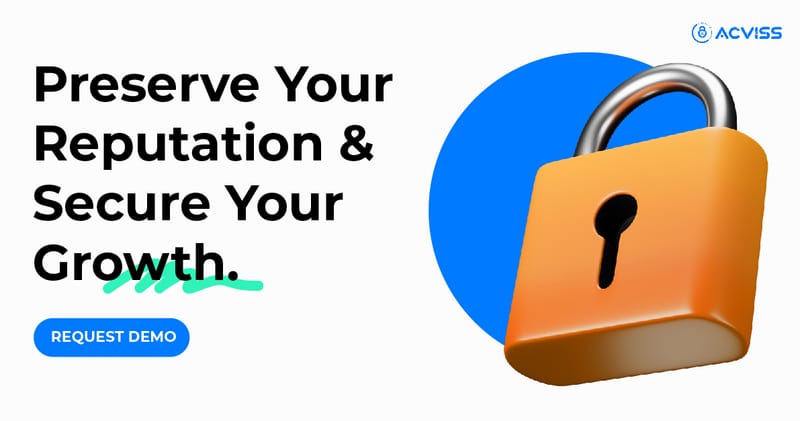How to Reward Your Customers to Achieve Brand Loyalty

Understanding the Importance of Brand Loyalty
Before delving into rewards programs, it’s essential to grasp the significance of brand loyalty. Loyal customers are not merely repeat purchasers; they are advocates who feel a deep connection with the brand. They choose the brand consistently over competitors, spread positive word-of-mouth, and are less price-sensitive. Moreover, loyal customers are more likely to forgive occasional mishaps and are willing to pay premium prices for products or services.
The Power of Rewards Programs
Customer rewards programs have gained widespread popularity across various industries, from airlines and telecommunications to retail and hospitality. These programs aim to incentivize desired behaviours, such as repeat purchases, referrals, and engagement, by offering tangible rewards or benefits. When executed effectively, rewards programs can strengthen the emotional bond between customers and brands, driving long-term loyalty and profitability.
Designing Effective Rewards Programs

Creating a successful rewards program requires careful planning and execution. Here are key considerations for designing an effective program:
1. Know Your Customers:
Understand your customers’ preferences, behaviours, and pain points to tailor rewards that resonate with them. Segment your customer base to offer personalized rewards and experiences.
2. Offer Valuable Rewards:
Ensure that the rewards you offer provide genuine value to your customers. Whether it’s discounts, exclusive offers, or experiential rewards, they should align with customers’ needs and aspirations.
3. Make It Easy to Earn and Redeem:
Simplify the process of earning and redeeming rewards to enhance the customer experience. Avoid complicated requirements or restrictions that can deter participation.
4. Foster Engagement:
Encourage ongoing engagement with your brand by incorporating gamification elements, such as challenges, milestones, and social sharing. Keep customers excited and motivated to participate in the program.
5. Communicate Effectively:
Clearly communicate the benefits and rules of your rewards program to ensure transparency and build trust with customers. Use multiple channels to reach customers and keep them informed about new rewards and promotions.
Challenges in Implementing Customer Reward Programs
Many businesses find that despite offering attractive rewards, customer engagement remains tepid. This often stems from a lack of awareness or understanding of the program, insufficient perceived value, or overly complex reward structures that deter participation. Another common issue is managing the costs and ensuring a positive return on investment (ROI). Businesses must carefully balance the expense of rewards with the financial benefits they bring, which can be particularly challenging for small and medium-sized enterprises with limited budgets.
How global brands have implemented Royalty programs
Several brands have excelled in implementing rewards programs that drive brand loyalty. For instance, airlines like Delta and Southwest offer frequent flier programs that reward customers with miles for every flight, leading to increased brand preference and repeat bookings. Similarly, Starbucks’ loyalty program, Starbucks Rewards, offers free drinks, birthday treats, and personalized offers based on purchase history, fostering strong emotional connections with customers.
Prioritise Customer Satisfaction
Rewarding customers is a powerful strategy for cultivating brand loyalty and driving long-term success. Design rewards programs that resonate with customers’ needs and preferences, businesses and can foster deep emotional connections, increase retention, and ultimately, boost profitability. Remember, the key to a successful rewards program lies in understanding your customers, offering valuable rewards, simplifying the process, fostering engagement, and maintaining transparent communication. Prioritize brand loyalty and implementing effective rewards programs to create a loyal customer base that serves as the foundation for sustainable growth and competitiveness.
Want to learn more about how to keep your customer engaged and the best way to reward them? Get in touch by booking a demo. Acviss has protected 2 billion+ products globally and served 80+ brands scaling different industries and businesses. Join us to secure your standing in the market and amplify your brand and trust among your customers.
FAQs
1. Why is customer loyalty important for brands?
Customer loyalty ensures repeat purchases, increases customer lifetime value, and enhances word-of-mouth referrals. Loyal customers are also less likely to switch to competitors, making them a valuable asset for any brand.
2. What are the most effective ways to reward customers?
The most effective rewards include loyalty points programs, discounts on future purchases, exclusive perks (such as early access to sales or products), and personalized gifts that align with customer preferences.
3. How can small businesses create affordable loyalty programs?
Small businesses can focus on cost-effective strategies like digital punch cards, referral discounts, and special shoutouts or thank-you notes to show appreciation. Partnering with other local businesses for co-branded rewards is another viable option.
4. How do rewards contribute to building brand loyalty?
Rewards create a sense of value and recognition, encouraging customers to stay engaged with the brand. When customers feel appreciated, they are more likely to develop emotional connections and prioritize repeat purchases.
5. How can brands measure the success of their customer rewards program?
Success can be measured by tracking metrics such as customer retention rate, program enrollment numbers, repeat purchase frequency, and average spend per customer. Customer feedback and engagement levels with the rewards program also provide valuable insights.
